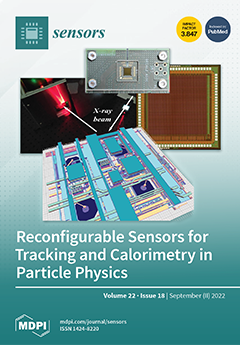Open AccessEditor’s ChoiceReview
Sensing with Femtosecond Laser Filamentation
by
Pengfei Qi, Wenqi Qian, Lanjun Guo, Jiayun Xue, Nan Zhang, Yuezheng Wang, Zhi Zhang, Zeliang Zhang, Lie Lin, Changlin Sun, Liguo Zhu and Weiwei Liu
Cited by 18 | Viewed by 5704
Abstract
Femtosecond laser filamentation is a unique nonlinear optical phenomenon when high-power ultrafast laser propagation in all transparent optical media. During filamentation in the atmosphere, the ultrastrong field of 10
13–10
14 W/cm
2 with a large distance ranging from meter to kilometers
[...] Read more.
Femtosecond laser filamentation is a unique nonlinear optical phenomenon when high-power ultrafast laser propagation in all transparent optical media. During filamentation in the atmosphere, the ultrastrong field of 10
13–10
14 W/cm
2 with a large distance ranging from meter to kilometers can effectively ionize, break, and excite the molecules and fragments, resulting in characteristic fingerprint emissions, which provide a great opportunity for investigating strong-field molecules interaction in complicated environments, especially remote sensing. Additionally, the ultrastrong intensity inside the filament can damage almost all the detectors and ignite various intricate higher order nonlinear optical effects. These extreme physical conditions and complicated phenomena make the sensing and controlling of filamentation challenging. This paper mainly focuses on recent research advances in sensing with femtosecond laser filamentation, including fundamental physics, sensing and manipulating methods, typical filament-based sensing techniques and application scenarios, opportunities, and challenges toward the filament-based remote sensing under different complicated conditions.
Full article
►▼
Show Figures






